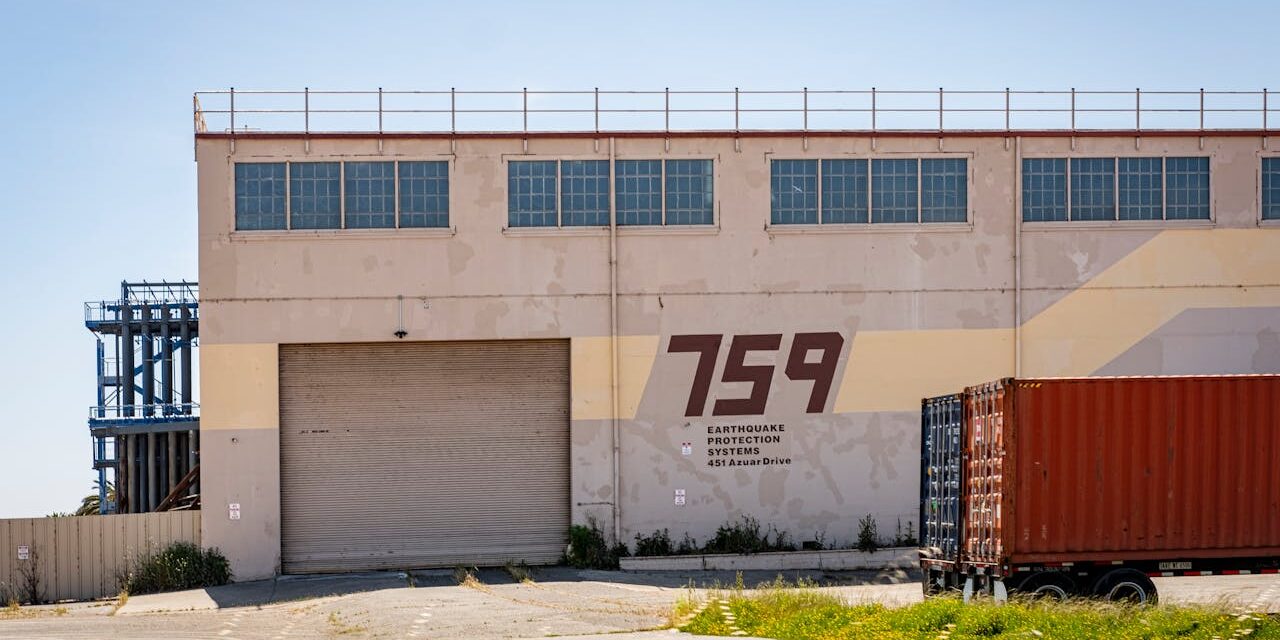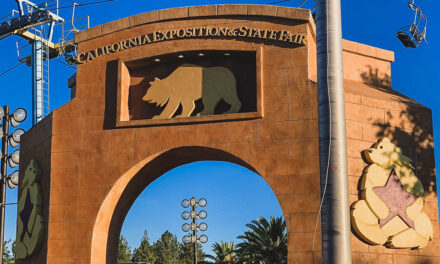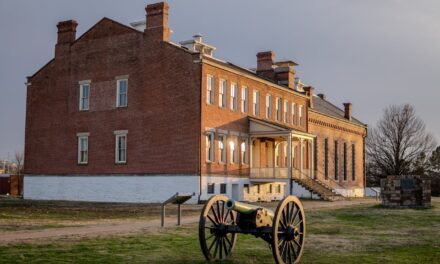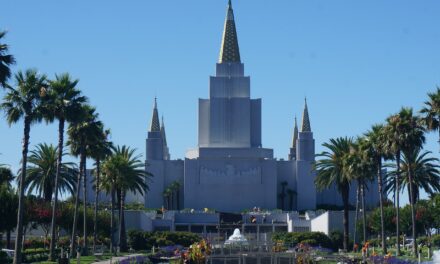Vallejo’s story begins with its establishment during the Gold Rush era when its strategic location on San Pablo Bay made it a vital point for commerce and transportation.
Named after General Mariano Guadalupe Vallejo, the city has a legacy deeply entwined with California’s early development.
Table of Contents
General Vallejo’s Vision and the City’s Naval Heritage
General Vallejo played a crucial role in the region’s history, with his support pivotal in the city’s selection as the state capital, albeit briefly.
Vallejo’s rich naval history burgeoned with the establishment of the Mare Island Naval Shipyard in 1854, which was a cornerstone of the city’s economy for over a century.
Growth and Prosperity: The Shipyard’s Influence
The Mare Island Naval Shipyard ushered in an era of growth and prosperity for Vallejo.
At its peak, the shipyard was a hub of innovation and industry, drawing workers worldwide and forging a community with a strong sense of identity and purpose.
Adversity and Resilience: Overcoming Economic Challenges
The closure of the Mare Island Shipyard in 1996 marked a significant economic setback for Vallejo.
Yet, the city’s resilience shone through as it faced this adversity, working to diversify its economy and reinvent itself as a center for arts, culture, and education.
Vallejo Today: A City Embracing Its Diversity
Today, Vallejo stands proud as one of the most diverse cities in the country, a place where cultures blend and contribute to a vibrant community life.
The city’s dedication to revitalization and sustainability is evident in its support for local businesses, green initiatives, and waterfront development.
Q&A: Diving into Vallejo’s Past and Present
Q: What were the defining factors of Vallejo’s early growth?
A: Vallejo’s early growth was largely defined by its strategic location, the establishment of the Mare Island Naval Shipyard, and its brief stint as the state capital, which set the stage for its future development.
Q: How has the Mare Island Naval Shipyard shaped Vallejo’s identity?
A: The Mare Island Naval Shipyard was instrumental in shaping Vallejo’s identity, creating a legacy of maritime and military significance that influenced the city’s culture and economy.
Q: What initiatives has Vallejo undertaken to revitalize its economy post-shipyard?
A: Post-shipyard, Vallejo has embarked on numerous initiatives, including developing its waterfront, fostering the arts, and encouraging tourism to stimulate economic growth and community engagement.
Q: How does Vallejo celebrate its cultural diversity?
A: Vallejo celebrates its cultural diversity through community events, festivals, and the arts, which reflect the city’s history of cultural influences and heritages.
Q: What makes Vallejo unique among Bay Area cities today?
A: Vallejo’s unique blend of historical significance, cultural diversity, and commitment to innovation sets it apart in the Bay Area. It offers a distinctive mix of small-town charm and metropolitan amenities.
Q: What are the various challenges and opportunities facing Vallejo as it looks to the future?
A: As Vallejo looks to the future, it faces challenges such as economic development, housing, and infrastructure. The city views these as opportunities to strengthen community resilience, enhance quality of life, and promote sustainable growth.
Vallejo’s Journey Continues
Vallejo’s history is a transformation narrative, marked by its maritime roots, cultural diversity, and the indomitable spirit of its residents.
As the city charts its course for the future, it does so with an appreciation for its past and a clear vision of what lies ahead.
Vallejo’s journey is far from over; every new initiative and development reaffirms its place as a city of innovation, resilience, and community.
What will the next chapters hold for this dynamic California city, and how will the lessons of history inform its future progress?





